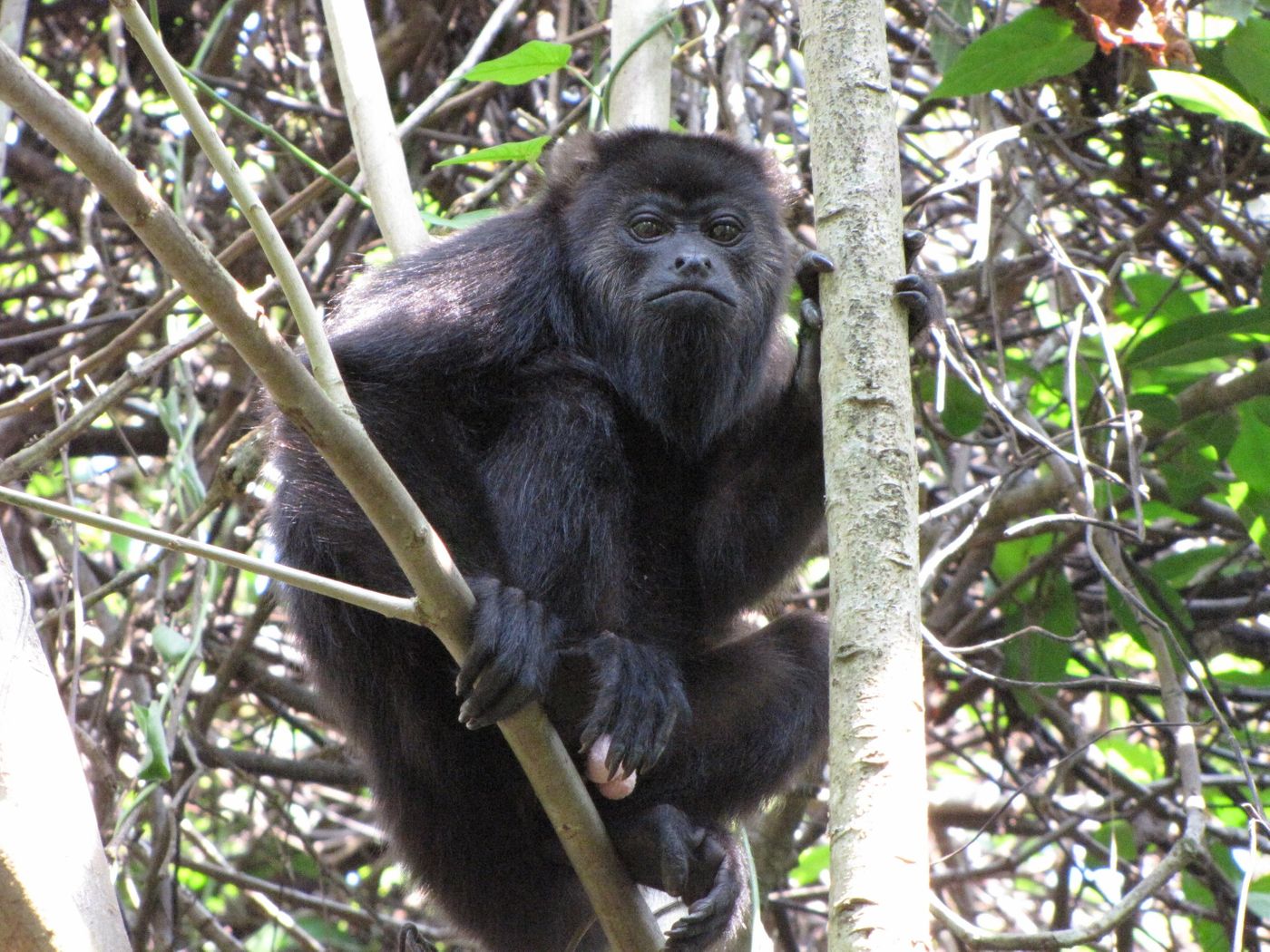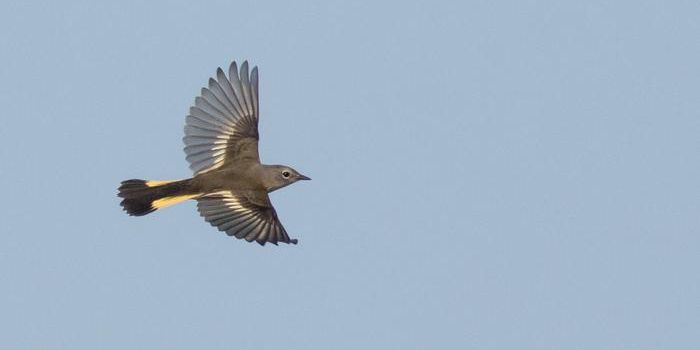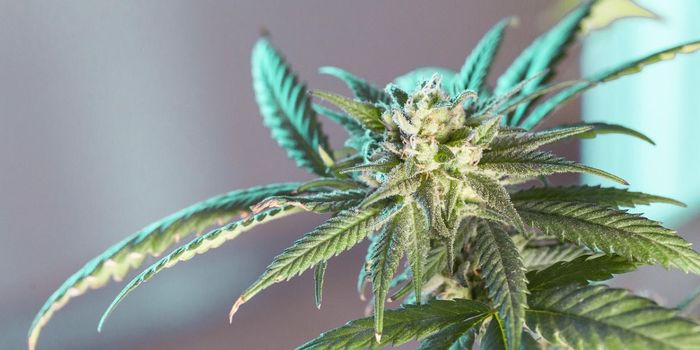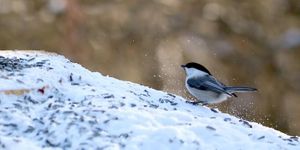Decoding the Secrets of Howler Monkey Evolution
There exist a bevy of ways that an animal species can be driven to evolve, but one of the more controversial methods of evolution involves a process known to scientists as reinforcement, which is when two entirely different species interbreed and form a hybrid-like result.
Despite its subjection to debate, researchers from the University of Michigan say they’ve observed the process of reinforcement in action while studying the genetics of a population of howler monkeys inside of a 12-mile radius in the Southeastern parts of Tabasco, Mexico. The findings were published this week in the journal Molecular Ecology.
Image Credit: Milagros González
"We observed patterns in the genetic data suggesting that hybridization is playing a direct role in completing the speciation process by enhancing genetic differences between species," explained study lead author Marcella Baiz.
"We found a signal for multiple forms of natural selection driving species differences, including reinforcement, a process that has been highly debated. This result is particularly notable because empirical evidence for reinforcement is extremely rare, especially genetic evidence."
Related: Monkeys can recognize faces in inanimate objects
As it would seem, the two species that appeared to be hybridizing with one another were the black howler monkey and the mantled howler monkey. Both species are thought to have diverged more than 3 million years ago, but unknown factors drove them together again, perhaps as recently as within the last 10,000 years.
Genetic analyses collected from various specimens throughout the region validated the notion that the two species were interbreeding, but researchers are still curious as to why even after making the discovery. After all, the odds are against them.
By nature, a process known to science as natural selection is biased against the reproductive success of hybrid animal offspring. This process naturally increases the genetic rift between two similar species to prevent successful reproduction. Scientists call this phenomenon reinforcement because it reinforces the genes of the separate species, but proving this has been challenging.
To discern whether reinforcement was at work here, the researchers collected genetic samples from black howler monkeys and the mantled howler monkeys residing far outside of the 12-mile radius used in the study. Perhaps unsurprisingly, the genetic differences between the two species sampled within the 12-mile radius were much more significant than those residing outside.
"Speciation is a complex process that can be driven by direct and indirect mechanisms that interact to maintain and strengthen the process, and this study is one of the few natural examples that documents this," Baiz concluded.
Related: Similarities between human and monkey brains
It should be interesting to see whether future studies reach the same conclusion and if researchers will have any luck observing the process of reinforcement in other animal species. For now, only time will tell.
Source: Science Daily, Molecular Ecology









